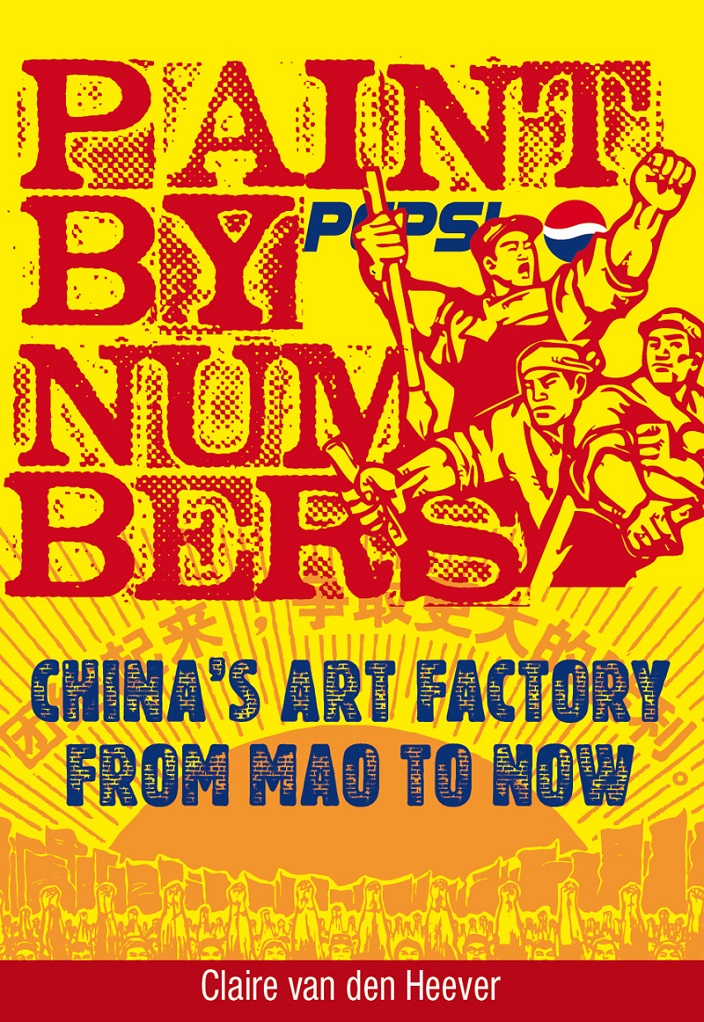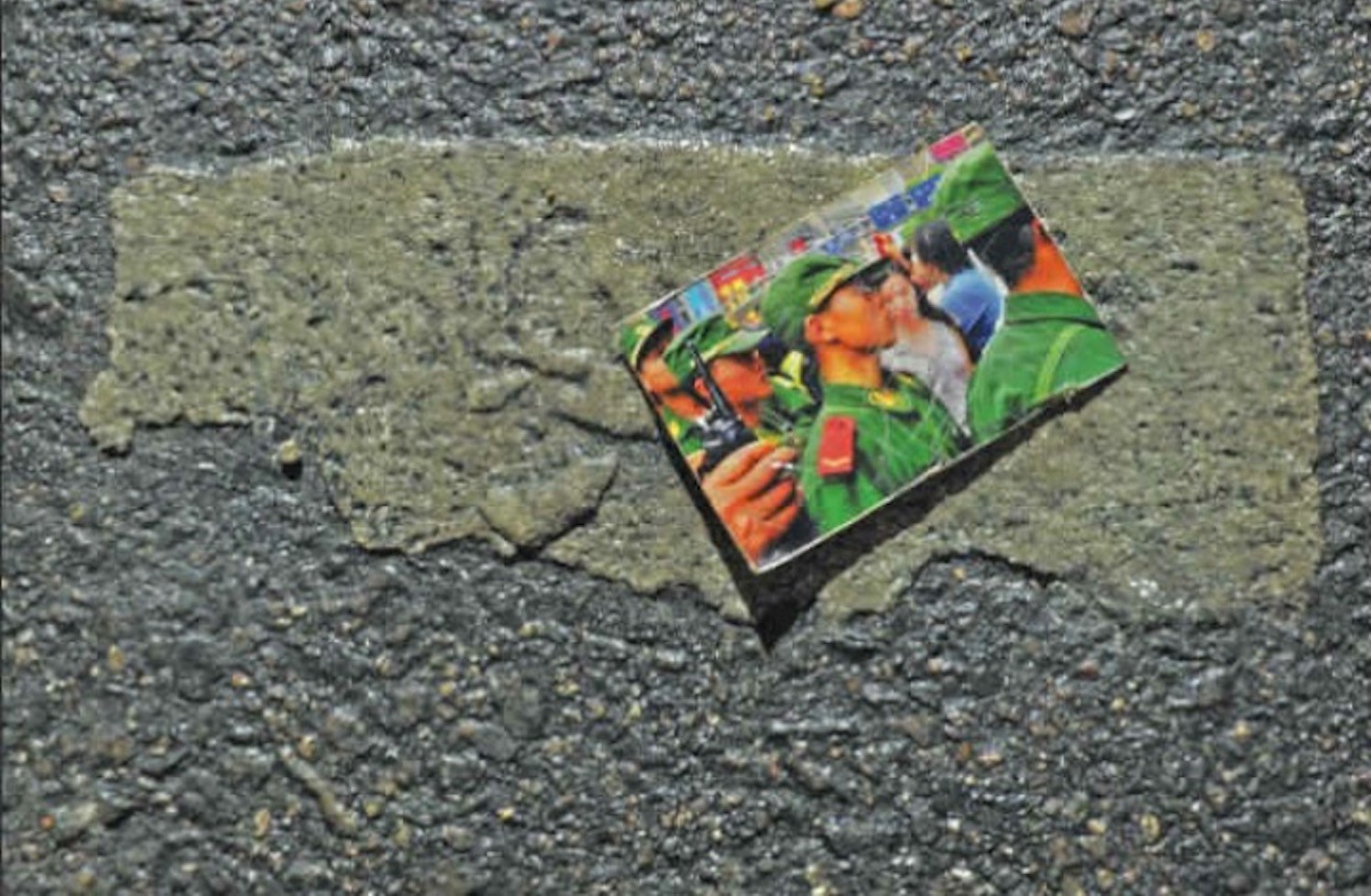China is damnably fractal – it sometimes seems like every aspect of its modern incarnation is a microcosm. Case in point: What to make of the modern art scene in China? Vibrant and booming, or built on shaky, distinctly corrupt foundations and heading for a crash?
The wider world woke up to the scene in spring 2006, when a Sotheby’s auction in New York sold over USD13 million worth of contemporary Asian art, much of it Chinese – “rising from nothing to become a multi-million dollar industry in less than 30 years,” as Claire van den Heever puts it in her careful but pointed summary of the growth of contemporary art in China thus far. Big money was made for a while, and then when the global economy crashed, the party stopped. Now prices are rising again. In the Mao era, art was about serving the Party rather than individual expression. When universities opened again after the Cultural Revolution, it was year zero for the arts, and the foreign books about art and philosophy trickling into the country were eagerly sought-after.
In the Mao era, art was about serving the Party rather than individual expression. When universities opened again after the Cultural Revolution, it was year zero for the arts, and the foreign books about art and philosophy trickling into the country were eagerly sought-after.
“Students at one art academy lined up to examine the academy’s only book on Impressionism; it was stored behind glass casing, with a single page turned each day.”
While previously suppressed artistic voices began to be heard, the art academies lagged behind, in early years still focusing on rote copying and Soviet Realism. This was fertile ground for the avant-garde, and artists played prominent roles in calls for liberalization, until the “trampled optimism” of the late eighties set the scene back. Van den Heever provides an excellent step by step account of the rise of modern art since then, as controls were loosened, exposure to foreign art increased and artists found their voices.
This is a serious, enquiring book, with plenty of enthusiasm for individual artists and the power of art to move and awaken. Yet disillusionment wafts off its pages.
There’s no shortage of talent or ideas in Chinese art, of course; but van den Heever clearly thinks it has gone off track. The Chinese art bubble (if that’s what it was) distorted the market, and may have been manufactured in the first place – with auction sales arranged in advance by interested parties.
Paying for exhibition space in the larger galleries is rife. Some top artists pretty openly pay assistants to do the actual work, and the author’s exasperation is clear when she points out that every apologist cites Jeff Koons as justification.
Communities like Yuanmingyuan in Beijing that coalesced unplanned around a committed group of poor artists no longer exist; modern analogues like the 798 art district are neutered zones aimed at boosting cultural credibility, for tourists and commerce rather than creation.
It’s worth quoting her at length: “Contemporary Chinese art [has] become synonymous with large paintings of people’s faces: Yue Minjun’s smiley men, Fang Lijun’s yawning men, Zhang Xiaogang’s somber families and Wang Guangyi’s revolutionary men. This ‘big face art,’ as it is sometimes called, is easy on several levels. It is easy to copy, so it dominates Chinese fake markets... It is easily recognized, and becomes a reference point for the general public when they visit China’s commercial art zones.
“These images also fit easily within the view of China portrayed in Western media, particularly Wang Guangyi’s politicized paintings and the pained expressions of Zhang Xiaogang’s Cultural Revolution-era families. These paintings and prints are easy to sell too, not least because they can be simply transported and displayed. As [artist] Qiu Zhijie said to me, ‘[These buyers] need to get something from China – they don’t really need art.’”
But there’s still fun to be had (one chapter begins: “I walked into Shanghai’s Duolun Museum and was confronted by a large, pink penis”), and it’s fascinating to learn about the work of individual artists.
In particular, the commitment of the more full-on artists like Sheng Qi and Zhang Huan back in the early days is still arresting (and arrest was often the result). Think cutting off a finger; think an artist sitting completely still in a filthy outhouse while flies cover his body.
The verve and creativity of the artists behind the famous China/Avant-Garde exhibition in February 1989 impresses; we wish we’d been there to see Wu Shanzhuan (an unauthorized contributor) selling live shrimp just inside the door of the venue, naming this installation ‘Big Business.’
People complained about the smell interfering with their enjoyment of the art, until he was shut down for not having a business license; he surely couldn’t have been more pleased with how it played out, and his confrontational point about the commodification of art seems visionary now.
There are plenty of puff pieces about the Chinese modern art scene out there; read Paint by Numbers for the straight dope.
> Claire van den Heever: Paint by Numbers – China’s Art Factory from Mao to Now (Earnshaw Press) is available on Amazon.
> For more book reviews, click here.






















0 User Comments